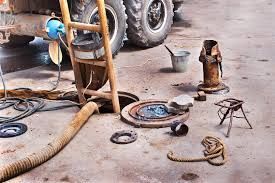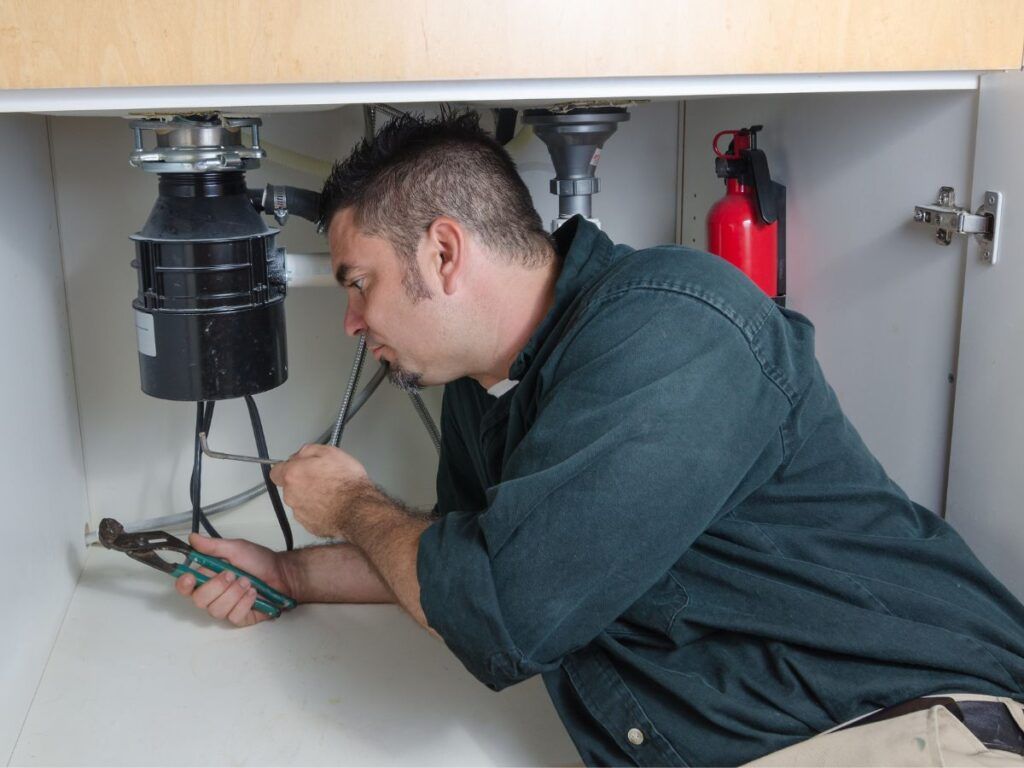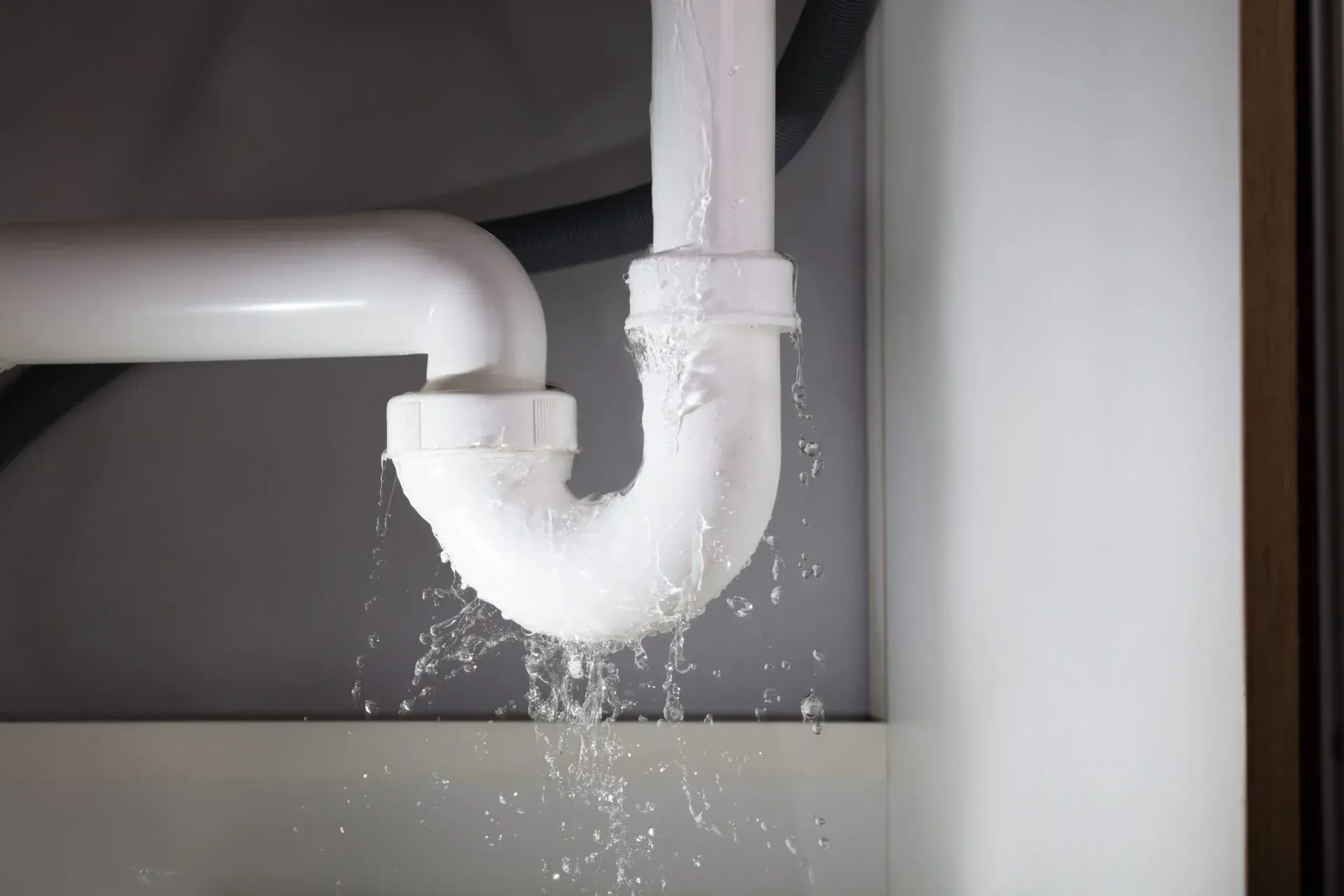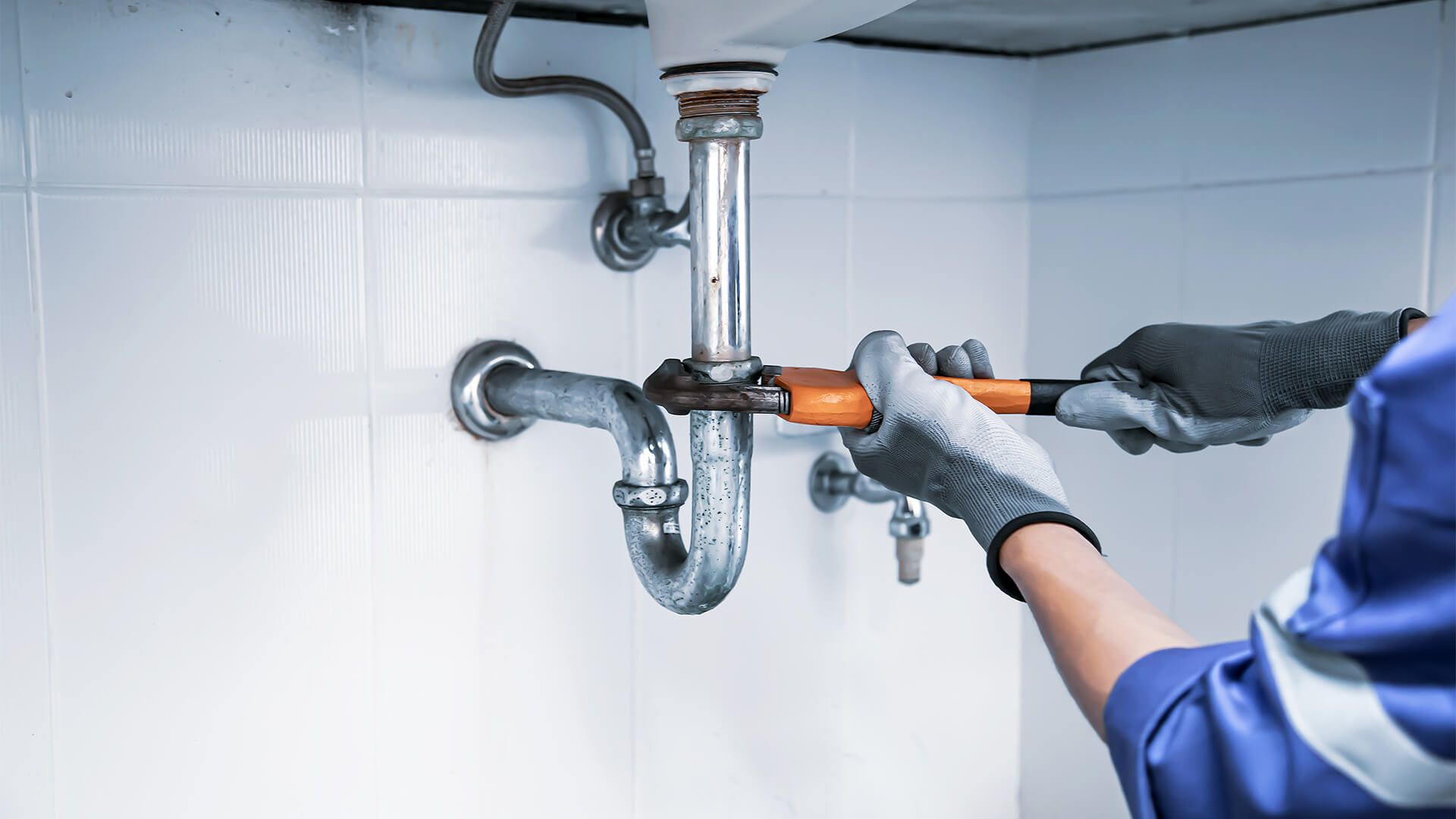What Eats Through Hair in a Drain?
Few things are as frustrating as a slow-draining sink or shower. More often than not, the culprit is hair. Whether it’s long strands from shampooing, short clippings from shaving, or pet fur, hair can easily get tangled in your drain and create a stubborn blockage. Over time, it mixes with soap scum, grease, and other debris, forming a dense mass that won’t budge easily. If left unchecked, a hair clog can lead to slow drainage, foul odors, and even complete pipe blockages.
So, what actually eats through hair in a drain? Are there effective ways to dissolve it without damaging your plumbing? In this guide, we’ll explore the causes of hair buildup, the best solutions to clear it, the risks of using certain products, and expert-recommended preventive measures to keep your drains hair-free.
How Do I Clear the Main Drain Line in My House?
Why Does Hair Clog Drains?
Hair is one of the most common causes of clogged drains, and it’s surprisingly difficult to break down naturally. Unlike food particles or soap residue that eventually dissolve in water, hair is made of keratin—a tough, fibrous protein that doesn’t easily decompose.
When hair enters the drain, it doesn’t just flush away. Instead, it gets caught on rough surfaces inside the pipes or snags on pre-existing debris. Over time, soap scum, grease, and other materials bind to the hair, turning it into a thick, tangled mess. The more hair accumulates, the worse the clog becomes, eventually restricting water flow completely.
Certain hair types, like long or curly strands, are more prone to creating clogs because they tangle easily. If you frequently shed hair in the shower, brush your hair over the sink, or shave in front of the bathroom mirror, you might be contributing to the problem without realizing it.
What Eats Through Hair in a Drain?
Clearing a hair clog requires more than just water pressure. Since hair is resilient, you need something that can either break it down or physically remove it. Let’s explore the most effective solutions:
1. Chemical Drain Cleaners: Do They Work?
Many commercial drain cleaners claim to dissolve hair, but not all of them are safe for your pipes. These products typically contain strong chemicals like sodium hydroxide (lye) or sulfuric acid, which generate heat to break down organic matter, including hair.
While chemical cleaners can be effective, they come with risks. The harsh ingredients can corrode old pipes, especially if used frequently. Additionally, they can create toxic fumes, which can be hazardous if inhaled. If you opt for a chemical drain cleaner, always follow the instructions carefully and use it as a last resort rather than a routine solution.
2. Enzyme-Based Drain Cleaners: A Safer Alternative
For those looking for a gentler approach, enzyme-based drain cleaners are an excellent option. These cleaners contain natural bacteria and enzymes that digest organic matter, including hair. Unlike chemical cleaners, enzyme-based solutions don’t produce heat or toxic fumes, making them safe for pipes, septic systems, and the environment.
However, enzyme cleaners take longer to work compared to their chemical counterparts. They are best used as a preventive measure or for minor clogs rather than for clearing a severe blockage.
3. Baking Soda and Vinegar: The Natural DIY Solution
If you prefer a homemade remedy, a combination of baking soda and vinegar can help loosen minor hair clogs. Pour a cup of baking soda down the drain, followed by a cup of vinegar. Let it sit for at least 30 minutes before flushing with hot water.
While this method won’t dissolve hair completely, it can help break down some of the gunk surrounding the hair, making it easier to remove. For stubborn clogs, you may need a more powerful solution.
4. Boiling Water: Does It Work?
Pouring boiling water down the drain can sometimes help with minor hair clogs, especially when mixed with soap scum. The high temperature can soften the gunk that holds the hair together, allowing it to flush through more easily. However, this method is ineffective against large clogs and should not be used on PVC pipes, as extreme heat can damage them.
5. Manual Removal: The Most Reliable Method
One of the most effective ways to get rid of hair clogs is to remove them manually. Tools like drain snakes, hair catchers, or even a simple wire hanger can help pull hair out of the drain.
A drain snake, also known as a plumber’s auger, is particularly useful for reaching deeper clogs. Insert the snake into the drain, twist it, and pull it out to extract tangled hair. This method requires some effort but is often the best way to clear a stubborn blockage.
Risks of Using the Wrong Methods
Using the wrong approach to clear hair clogs can do more harm than good. Chemical cleaners, for example, may offer a quick fix but can weaken pipes over time, leading to leaks or bursts. If mixed with other household chemicals, they can also create dangerous fumes.
Attempting to plunge a hair clog can sometimes push the blockage further down, making it harder to remove. Similarly, using excessive force with a drain snake can damage your pipes, especially if they’re old or fragile.
When dealing with a severe clog, it’s best to start with gentle methods and escalate to stronger solutions if necessary. If all else fails, calling a professional plumber is the safest option.
Preventing Hair Clogs in the Future
Prevention is always better than cure, especially when it comes to plumbing issues. Fortunately, there are simple steps you can take to reduce hair buildup in your drains:
Installing a drain cover or hair catcher in your sinks and showers is one of the easiest and most effective ways to prevent hair from entering the pipes. These inexpensive devices trap hair before it can cause a blockage, and they’re easy to clean.
Regular drain maintenance is also crucial. Pouring hot water down the drain once a week can help dissolve soap scum and minor buildup before it turns into a major clog. Enzyme-based drain cleaners can be used monthly to keep drains clear without the need for harsh chemicals.
If you have long hair, brushing it before showering can help reduce shedding in the drain. Similarly, disposing of shaved hair in the trash instead of rinsing it down the sink can prevent clogs from forming.
Is it Worth it to Repair a Garbage Disposal?
Conclusion: Keeping Your Drains Hair-Free
Hair clogs are a common but manageable problem. While chemical drain cleaners may work in a pinch, they should be used sparingly due to their potential risks. Enzyme-based cleaners, baking soda and vinegar, and manual removal methods offer safer and more sustainable solutions.
By understanding what eats through hair in a drain and taking preventive measures, you can keep your plumbing in top shape and avoid frustrating blockages. Whether you choose a DIY approach or call in a professional, tackling hair clogs early will save you time, money, and headaches in the long run.
If you’re currently dealing with a stubborn clog, start with a gentle solution and work your way up. Your pipes—and your future self—will thank you for it!








